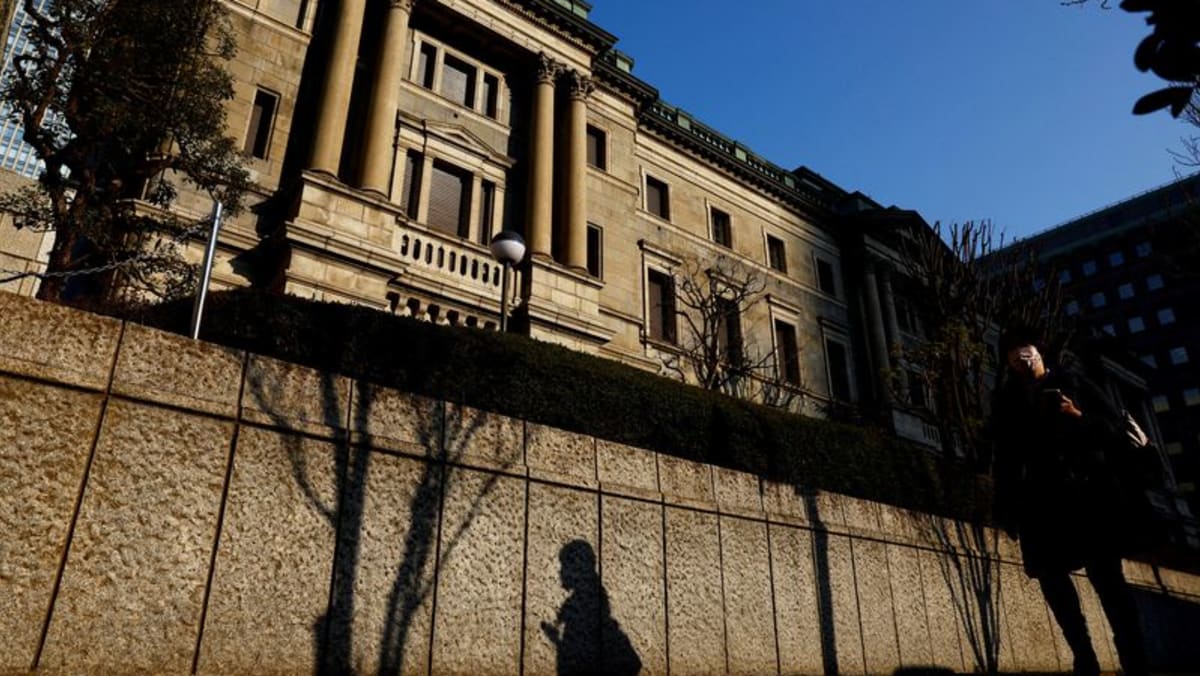TOKYO :The Bank of Japan will consider revising up this month its inflation forecast for the current fiscal year, reflecting persistent rises in rice and broader food costs, said three sources familiar with its thinking.
But the central bank is seen roughly maintaining its inflation forecasts for fiscal 2026 and 2027, the sources said, signaling a pause in interest rate hikes as it awaits more clarity on how U.S. tariffs could affect Japan’s economy.
“Recent inflation data has been fairly strong particularly due to the rising cost of rice, which is pushing up other prices such as those for dine-outs,” one of the sources said.
“Consumer inflation is overshooting the BOJ’s forecasts somewhat,” another source said. “But underlying inflation remains short of 2 per cent,” the source said, a view echoed by the third source.
The sources spoke on condition of anonymity as they were not authorised to speak publicly.
The new projections will be announced after the BOJ’s next policy meeting on July 30-31, when the board will conduct a quarterly review of its growth and inflation forecasts.
At the meeting, the BOJ is widely expected to maintain short-term rates at 0.5 per cent due to uncertainty over how Japan’s stalled trade talks with the U.S. could unfold, and the extent of damage the U.S. levies could inflict on the economy.
In current forecasts made on May 1, the BOJ expects core consumer inflation – which excludes volatile fresh food but includes fuel costs – to hit 2.2 per cent in the fiscal 2025 year ending in March 2026, before slowing to 1.7 per cent in fiscal 2026 and 1.9 per cent in 2027.
Data released since then has shown stubbornly high food inflation, as companies continued to pass on rising raw material costs. Core consumer inflation hit a more than two-year high of 3.7 per cent in May, exceeding the central bank’s 2 per cent target for well over three years, due mostly to a 7.7 per cent gain in food costs.
A recent poll by government-affiliated think tank ESP showed economists expect core inflation to hit 2.5 per cent in fiscal 2025.
Reflecting the broadening price pressures from rising raw material costs, the BOJ board will consider revising up this fiscal year’s inflation forecast, the sources said.
But the central bank will likely maintain its view that cost-push pressures will dissipate and, coupled with expected downward pressure on growth from U.S. tariffs, keep inflation roughly in line with current forecasts in the following years, they said.
The BOJ ended a massive stimulus last year and in January raised short-term rates to 0.5 per cent. While the bank has signalled readiness to raise rates further, the expected hit from U.S. levies forced it to cut its growth and price forecasts on May 1.
Initial hopes among policymakers that Tokyo will make progress in trade talks with the U.S. were dashed by President Donald Trump’s announcement last week that Japan would face sharply higher tariffs unless it can clinch a deal by a new deadline of August 1.
The lingering uncertainty will likely force the BOJ to keep focusing on Trump-induced downside risks to the economy and to put rate hikes on hold for the time being, analysts say.
But some BOJ board members are beginning to worry about the risk of being behind the curve in addressing too-high inflation.
Hawkish board member Naoki Tamura said last month inflation was moving faster than projected. Another member, Hajime Takata, said this month that Japan was close to hitting the BOJ’s inflation target as wage and price pressures build up.
A slight majority in a June Reuters poll of economists expected the bank to forgo another rate hike this year.
